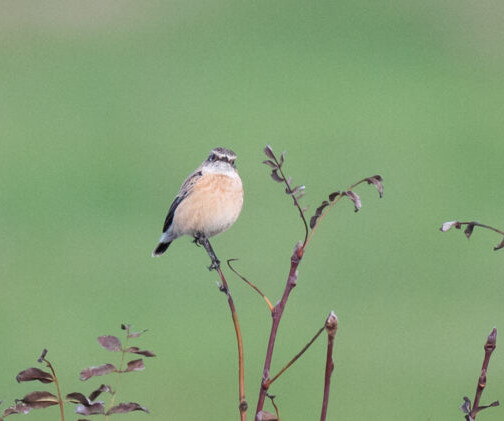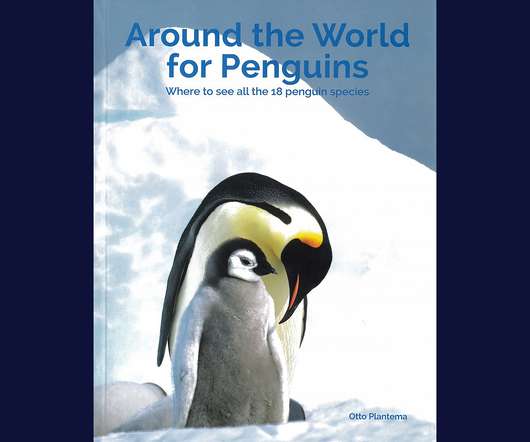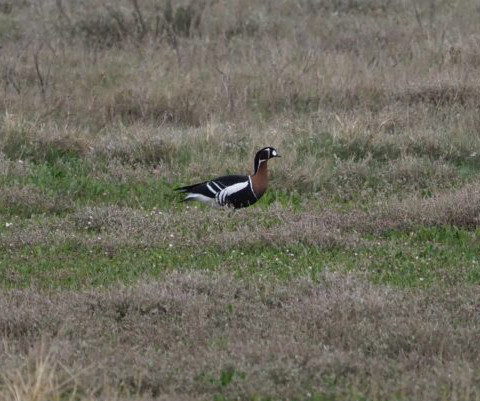Birding on Texel in Late October
10,000 Birds
DECEMBER 2, 2023
On my first full day I explored the northern part of the Island and was particularly happy to find a group of Bearded Reedlings – another lifer (perhaps mildly embarrassing for someone who’s been birding for as long as long as I have). I also saw Eurasian Woodcock , Northern Goshawk , and Hen Harrier in the vicinity.












Let's personalize your content